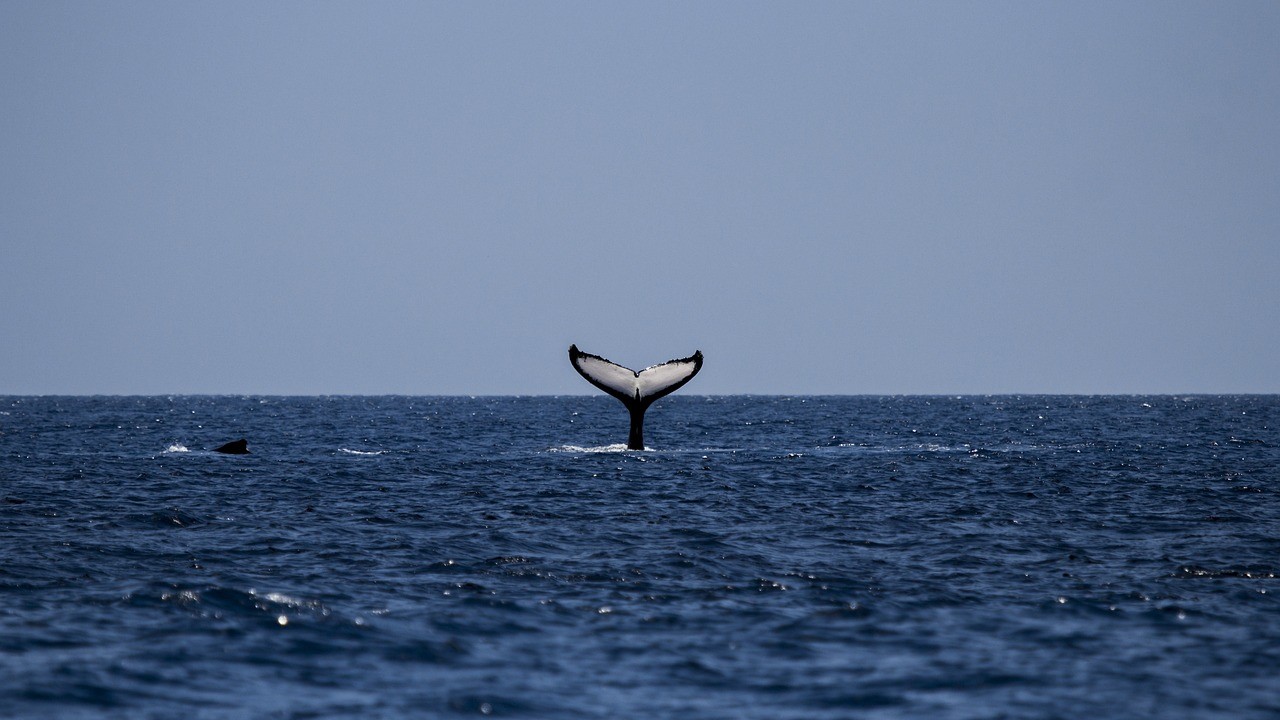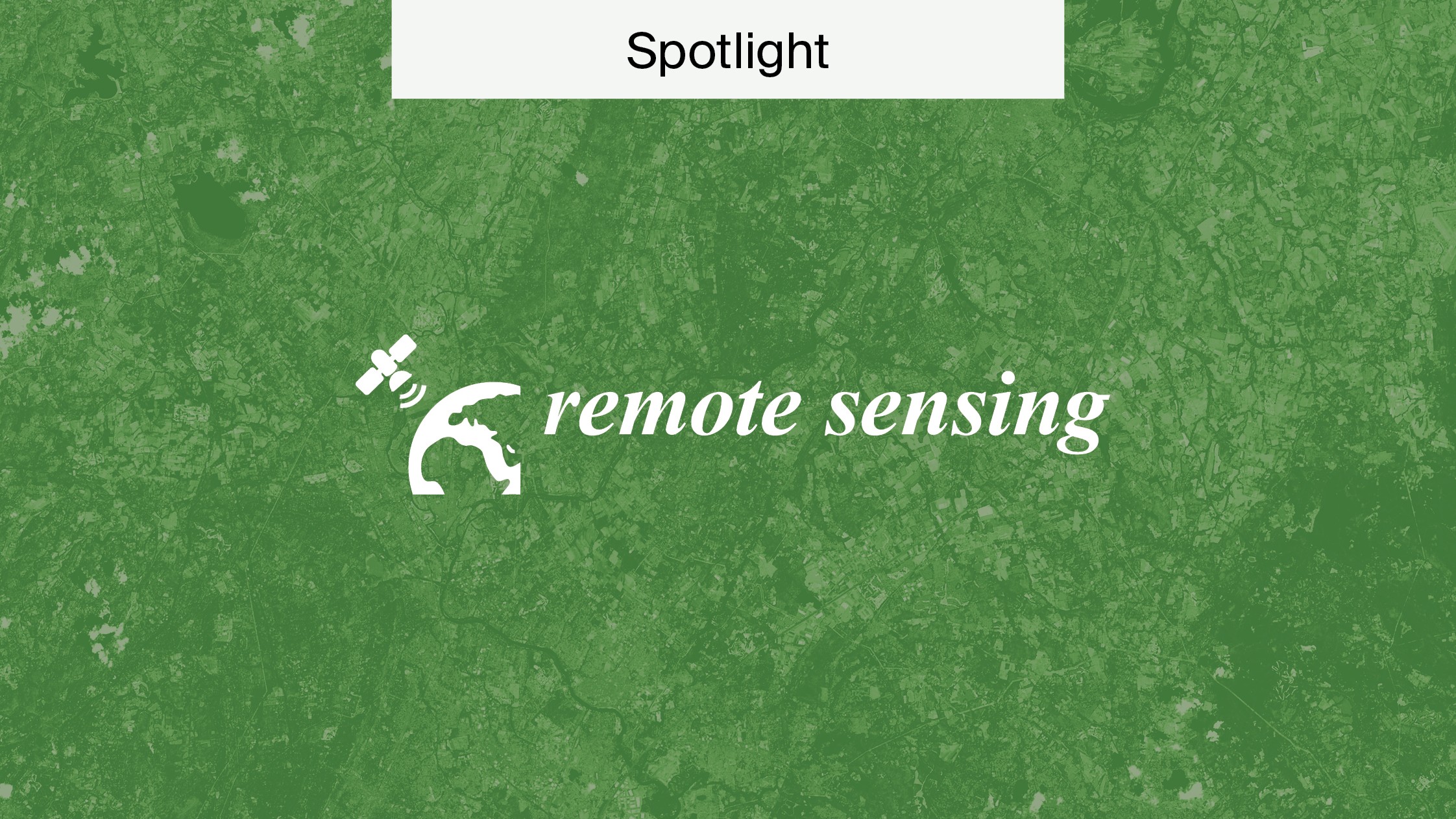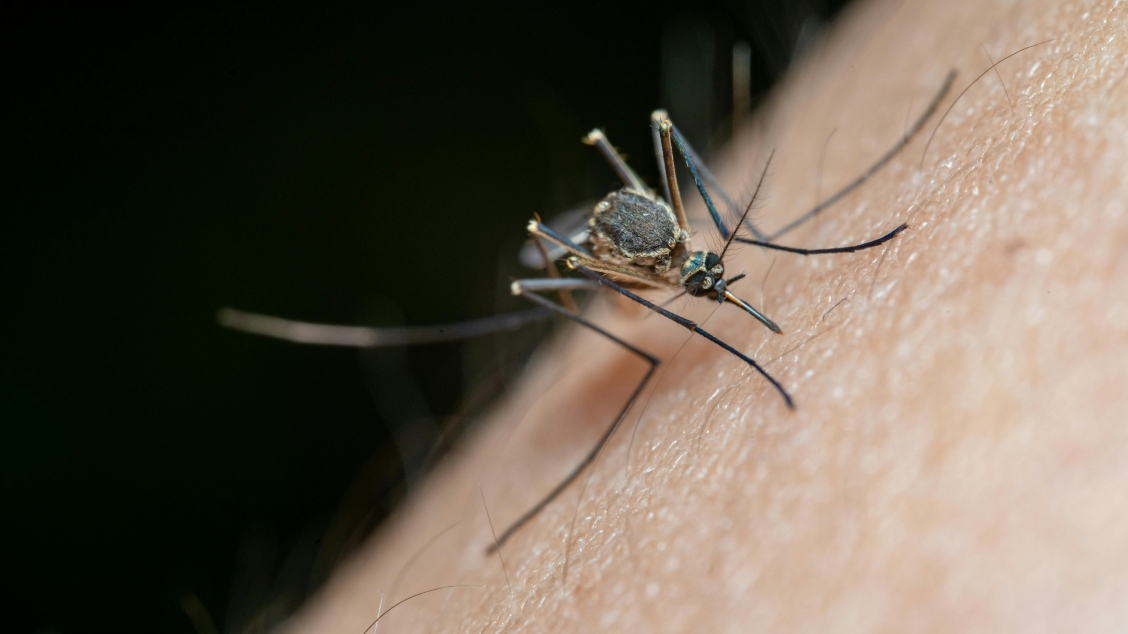
The Surprising Intelligence of Whales
From Moby-Dick to Free Willy, whales have captured the imaginations of humans for centuries. Their haunting songs, gargantuan size, and complex behaviours lend them an enigmatic quality that humans have long found fascinating.
Our relationship with these sea giants goes back millennia, with many indigenous communities in the North Atlantic, North Pacific, and Arctic Ocean having relied on them for meat and resources. The depth of their intelligence, however, is something we are only now beginning to understand.
In this article, we’ll take a brief look at the evolutionary history of whales and the complex and intelligent animals they have become.
How did whales evolve?
Around 50 million years ago, the creatures that would become whales walked on dry land. Pakicetus was a four-legged, wolf-sized, amphibious cetacean—a branch of aquatic mammals that includes whales, dolphins, and porpoises.
This early mammal roamed the area now known as Pakistan, with fossils being found near the prehistoric Tethys Sea. Pakicetus evolved into whales during the Eocene, around 40 to 56 million years ago, in these warm and shallow tropical waters.
Over millions of years underwater, the mammals in this evolutionary line underwent many changes to adapt to life in the sea. Their back limbs receded and front limbs became fins; their bodies shed their fur to become streamlined; their tails grew large and muscular to propel them through the water.
The resemblance may appear minimal on the surface, but modern cetaceans and Pakicetus share several common traits. For example, whales and their primitive ancestor share a unique ear bone, a dense and thickened auditory bulla, which houses parts of the middle and inner ear. Additionally, their head shapes are remarkably similar, both with elongated skulls, but on very different scales.
Are whales intelligent?
There tends to be a slight bias whenever we ask this question. Humans tend to measure intelligence by assessing which animal traits are closest in likeness to ours—chimps being the obvious runners up.
However, primates and whales have very different brain structures and evolutionary histories. The whale, for example, did not develop the opposable thumb, an obvious disadvantage in terms of tool usage, one critical marker of intelligence.
In the following sections, we’ll look at typical indicators of intelligence and to what degree whales display intelligent behaviour.
Can whales use tools?
Whales have been observed using tools in their own unique way. Recent MDPI research showed that baleen whales (which includes humpbacks) use seaweed for several potential purposes—something that was previously only sparsely reported.
‘Kelping’, when whales play with clumps of seaweed, could help develop social relationships amongst whales and also may help eradicate certain types of bacteria on their skin. It could also be an example of ‘pure play’, a behaviour that helps animals learn and survive in the wild.
Similar behaviour has been documented in another MDPI article. The researchers observed a humpback whale with skin lesions interacting with a lion’s mane jellyfish. The whale covered the entirety of the affected region with the stinging bell of the jellyfish. This is thought to be for therapeutic purposes—wound healing or ectoparasite removal.
Whales have also been reported to use bubbles as a tool to catch fish. By expelling air out of their blowholes, they create a circular bubble ‘net’ that fish struggle to escape from. The whales then use their fins to reinforce the net, and even to reflect sunlight to disorient the fish further. This not only shows their capability to use tools but also to cooperate with one another.
Brain size and structure
With whales being some of the biggest creatures on Earth, it is no surprise that there is no larger brain elsewhere in the animal kingdom. The sperm whale reportedly has the biggest, at around 7 to 9 kilograms (around six times larger than a human’s).
This isn’t always indicative of high intelligence, however. The body-to-brain ratio is widely debated as a means of determining cognitive capabilities. In many cases, this relationship is not linear.
Cerebral cortex
Structurally, however, cetacean brains share similarities with our own. They have a very well developed cerebral cortex, which is responsible for high-level mental functioning.
Also known as grey matter, the cerebral cortex plays a key role in conscious thinking, problem solving, memory, learning, empathy, and many other processes that are associated with intelligence.
Primates and cetaceans also show significant encephalisation—sinuous folds on the brain’s surface. This increases the surface area of the cerebral cortex and is thus a very strong indicator of high intelligence. They are also the only brains in the animal kingdom to have this feature.
Cetaceans actually display more encephalisation and have one more lobe than humans—the paralimbic lobe. Researchers have postulated that this could be used in the processing of emotions. It may even suggest that their thoughts and emotions are more complicated than our own.
Social Structures
Whales and other cetaceans share many of the same social behaviours as humans. They play together, cooperate with one another and other species, and even ‘speak’ with regional dialects.
Through sophisticated social structures, they are able to learn from each other. And, their communities change and develop, much like human societies do. An important way this takes place is through song.
Why do whales sing?
Whale songs have been studied for decades and remain somewhat enigmatic, having significant breadth and complexity. They are used differently by individual species.
Their function often goes beyond navigation, mating, and predation; they indicate relationships and social affiliations, and are used to communicate and negotiate with one another. They are also a key part of ‘fitting in’ in many whale communities.
Their use in this way indicates the rich culture of these complex communities. And, it further emphasises the high intelligence and capabilities of these animals.
The research continues
All in all, it is clear that whales and cetaceans as a whole are incredibly complex, conscious creatures with deep inner lives, vibrant communities, and meaningful relationships. Marine biologists continue to produce new and exciting findings that demonstrate the wonderful intricacies of these animals and that their culture is not so very far from our own.
If you want to learn more about whales and other marine life, MDPI’s Journal of Marine Science and Engineering has a section dedicated to marine biology.










